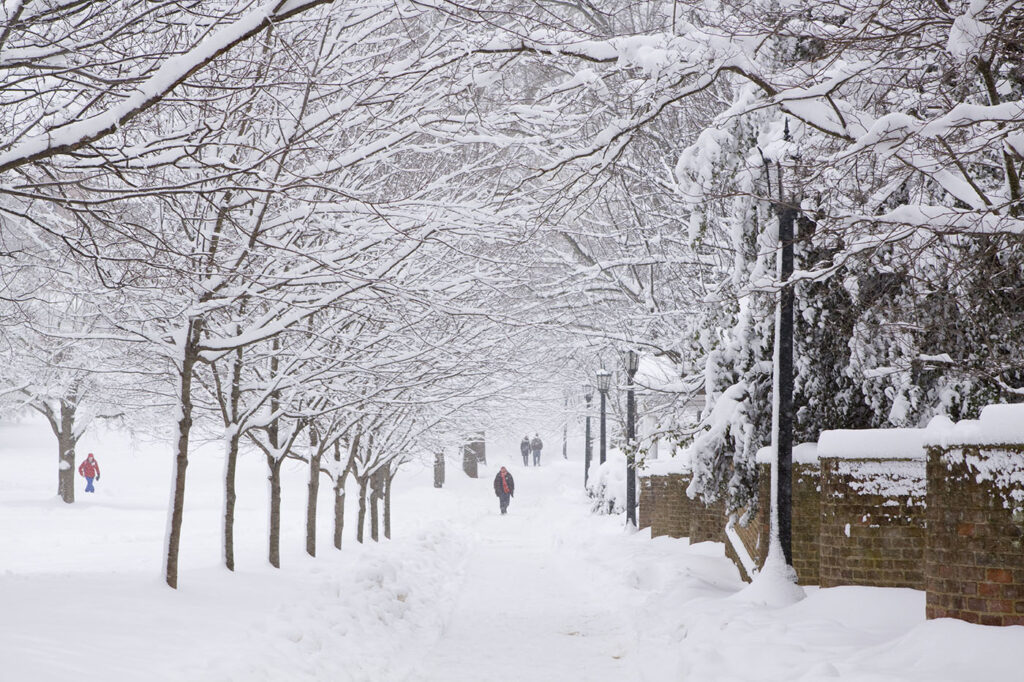Virginia is a diverse state with many different climates, and snowfall can vary greatly from region to region. While some areas of the state get heavy snowfalls each winter, other regions may receive only a few inches of snow annually.
If you are planning a winter trip to Virginia, it’s important to understand the differences in snowfall between different parts of the state so you can plan accordingly. Let’s take a closer look at snowfall in Virginia and what you need to know.
Snowfall Across Virginia
The amount of snow that falls in Virginia depends heavily on elevation and geographic location. For example, areas along the coast tend to receive very little snowfall compared to more inland areas, while mountainous regions can see significantly higher amounts of snow due to their high elevations.
According to the National Weather Service (NWS), most regions in southern and central Virginia get an average of 2-6 inches of snow per year, while northern and western parts of the state can receive up to 20 inches or more annually. The NWS also notes that some parts of southwest Virginia have seen as much as 60 inches or more during certain winters.
In addition, certain mountains like Mount Rogers, Whitetop Mountain, and Wintergreen Resort often experience much heavier snowfalls than other areas due to their higher elevations.
Treating Snow In Virginia
When it comes to treating roads for winter weather conditions, there is no one-size-fits-all approach for all parts of the state. Areas with heavy annual precipitation may use salt mixtures or plowing services for road maintenance, while drier regions may rely on sand or gravel for traction control.
It’s important to note that many cities in Virginia have specific rules regarding how they treat roads when it snows; check with your local municipality before heading out on snowy days so you know what kind of conditions you can expect on the roads.
- For the very best snow removal services in Virginia, check out this local snow removal company!
Stay Dry & Safe
Snowfall in Virginia can be unpredictable and varies greatly between different regions across the state. Coastal areas typically get less snow than inland areas while mountainous regions may experience significantly higher amounts each winter season. When it comes time to treat roads during snowy weather conditions, local municipalities often have specific rules about what materials should be used; always check with your local authorities before heading out on snowy days so you know how best to stay safe on icy roads.
With these tips in mind, you’ll be well prepared for whatever weather conditions come your way this winter season!


